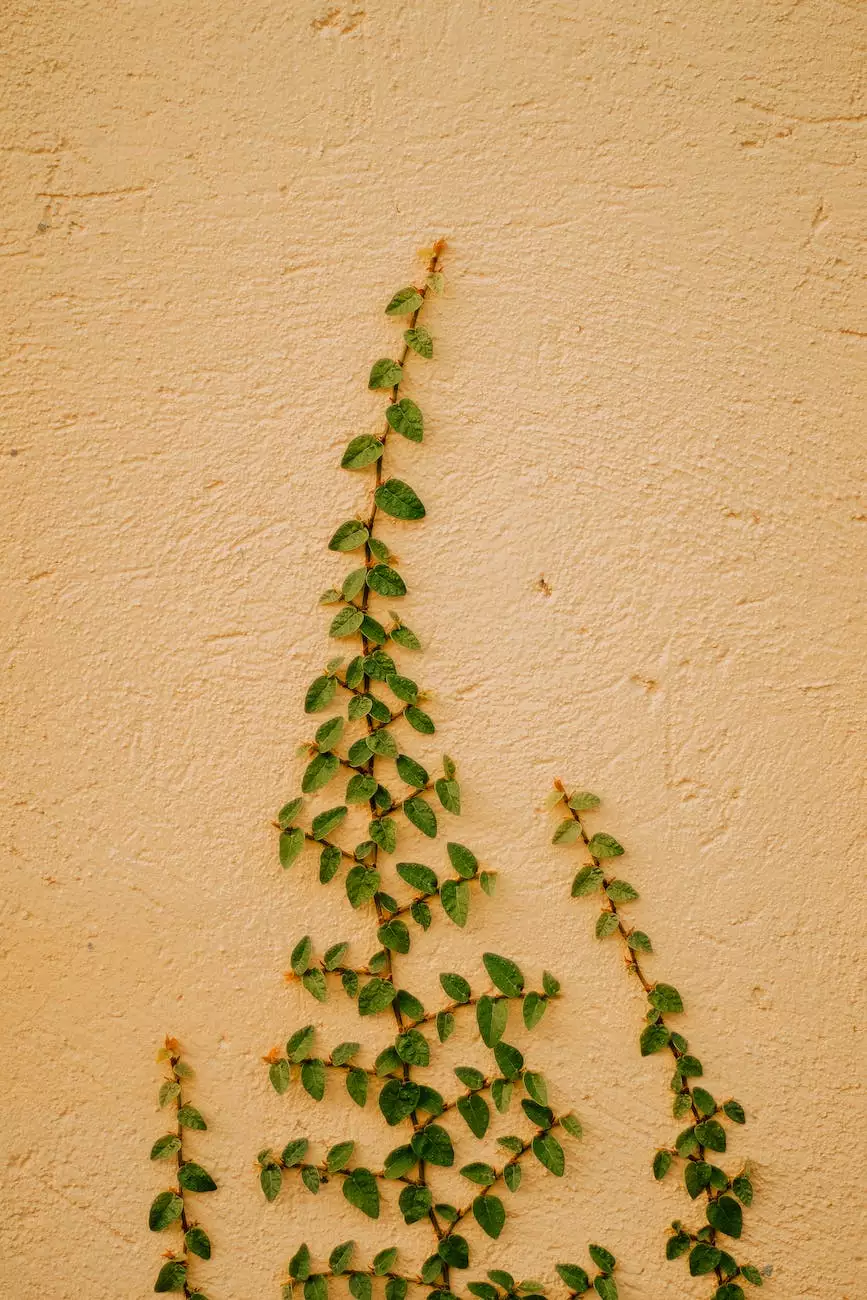Poison Ivy/Oak

Introduction
Welcome to Body Fusion, your ultimate resource for comprehensive information on poison ivy and poison oak. In this detailed guide, we aim to provide you with everything you need to know about these irritating plants, including their symptoms, treatment options, and prevention strategies.
What is Poison Ivy/Oak?
Poison ivy and poison oak are plants commonly found in North America. They belong to the Toxicodendron genus and can cause an allergic reaction in many individuals who come into contact with their leaves, stems, or roots. These plants contain a resinous substance called urushiol, which is responsible for the itchy rash and blisters that often occur.
Symptoms
After exposure to poison ivy or poison oak, symptoms can appear within a few hours or even up to a week later. The most common symptoms include:
- Itchy skin: The affected area may become intensely itchy, leading to a strong urge to scratch.
- Rash: A rash characterized by redness, bumps, blisters, or streaks may develop on the skin.
- Blisters: In more severe cases, small blisters filled with fluid may form, causing additional discomfort.
- Swelling: The skin around the affected area may become swollen and inflamed.
Treatment Options
Although there is no cure for poison ivy or oak, there are various treatment options available to alleviate symptoms and promote healing. It is important to note that severe reactions may require medical attention. Here are some common treatment methods:
- Topical Remedies: Over-the-counter creams, lotions, or sprays containing ingredients like calamine, hydrocortisone, or aloe vera can provide relief from itching and soothe the skin.
- Oral Medications: In some cases, your healthcare provider may prescribe oral antihistamines or corticosteroids to reduce inflammation and itching.
- Home Care: Keeping the affected area clean, applying cool compresses, and avoiding scratching can aid the healing process.
Prevention Strategies
Preventing contact with poison ivy and poison oak is key to avoiding the uncomfortable symptoms associated with these plants. Here are some preventive measures you can take:
- Learn to identify: Familiarize yourself with the appearance of poison ivy and oak so that you can avoid them when venturing outdoors.
- Protective clothing: Wear long sleeves, long pants, and gloves when working in areas where these plants may be present.
- Wash exposed areas: After potential exposure, thoroughly wash your skin with soap and water to remove any urushiol residue.
- Clean belongings: Be sure to clean any clothing or objects that may have come into contact with the plants to prevent further spread.
Conclusion
Body Fusion hopes that this comprehensive guide on poison ivy and poison oak has provided you with valuable information. Remember, by being aware of prevention strategies and knowing how to identify and treat symptoms, you can minimize the discomfort associated with these plants. Stay informed, stay protected!




